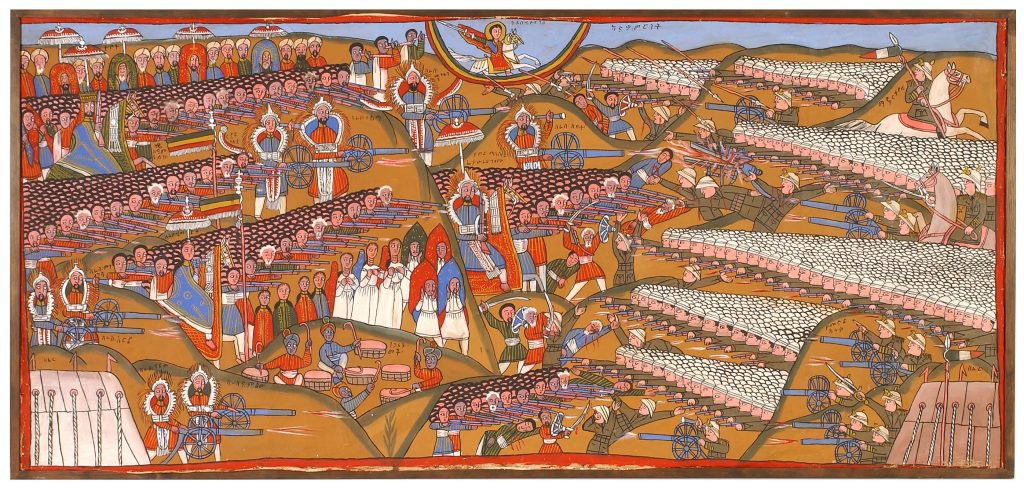Report
Show full text Print Download CSV Data Package
Active projects and challenges as of 17.01.2025 08:08.
02
Accessibility of Cultural Events
Making accessibility-related information about the venues and the events themselves available in a standard format.
18
Add Traditional Knowledge labels to Wikimedia Commons
Can Traditional Knowledge labels be added to Wikimedia Commons? What are the challenges? Let's work with Local Contexts!
14
A thread to position myself
Help create a digital interactive exhibition installation on slavery for the online platform of the exhibition ‘Memories'
Audio2Commons
Decolonizing objects using audio on wiki comons
03
Decolonise the MEG inventories
Create a programm for transversal research and tagging of racist, violent and discriminative information
05
Identifying colonial traces in early modern travelogues
07
Interactive Provenance Research of Chinese Paintings
Making provenance research into chinese collectors stamps interactive
08
Link MEG Letters and Objects
Link MEG Objects and the corresponding letters to improve provenance information
10
OCR and linking of MEG inventories
Create a program to read and transcribe the handwritten MEG inventories and link the corresponding pages to the database
11
Ra - the world's oldest vertical sundial
Bringing the 3200 year old timepiece from Egypt's Valley of the Kings to life again.
01
Tracking down colonial and racist traces in Geneva
create an interactive map of Geneva to track down the racist and colonial traces in the city of Geneva
- marina_berazategui
- liowalter
- floriane_morin
- Gregoire_de_Ceuninck
- Bertrand_Cassegrain
- Can
- FlorMchainWMCH
15
Visualizing Collections & Enabling Collaborations
Data visualisation to develop collaborative provenance research projects with concerned communities
